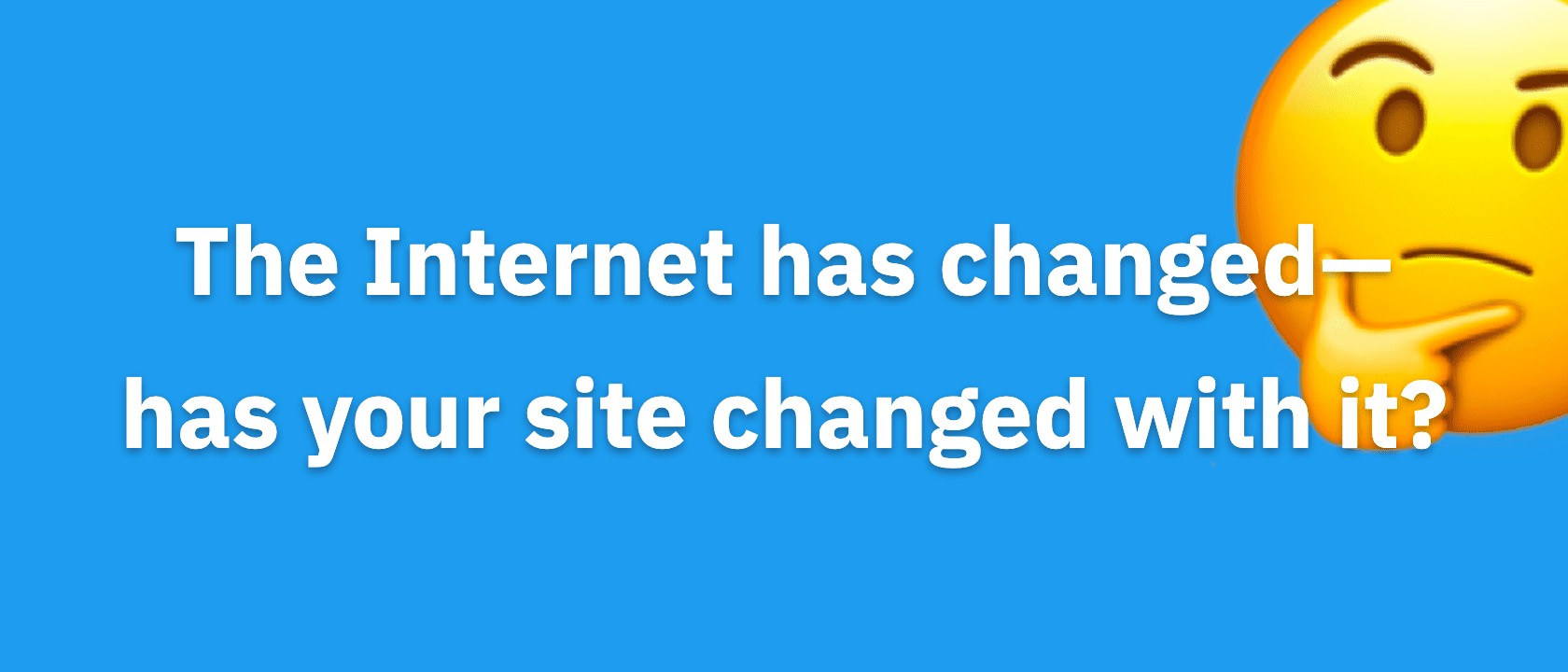Over the last 6 months, I’ve told people about the power of resource pages, and yet, when I browse blogs on the internet, almost no one is using them.
What’s stopping you?
There’s probably two reasons:
1. You’re lazy, and don’t believe you must create them right now (if you did, you would have)
Or…
2. I didn’t fully explain how to create resource pages, step-by-step.
Either way, after today, you’ll know exactly how to create them, and you’ll see why you need to create a resource page TODAY.
What Are Resource Pages?
Just for clarification purposes…
A resource page is a hand-selected group of articles around a specific topic.
It’s not a category page, as a category page shows all of your articles. A resource page is a HAND-SELECTED group of articles around a specific topic.
As an example, look no further than my increase online sales page on Social Triggers or WordPress SEO page on DIYthemes.
In each instance, I’ve hand-selected the best articles I’ve written around those specific topics.
You’ll also notice two other things:
First, you’ll see that I created a landing page.
Second, you’ll that I include both a persuasive headline and introductory content before throwing people into my article list.
Now the question is…
Why Are Resource Pages So Awesome?
The answer is simple…
Resource pages rock because they:
- Help you rank higher in search engines for specific, keyphrases
- Improve the usability of your site, and finally
- Convert random visitors into loyal subscribers remarkably well
How do they do all of these things?
First, it helps you rank higher because you’re creating, as I said, a high-value page with links to your BEST content. This page SHOULD rank in search engines. It can also garner links organically from other bloggers (I know I mine do)
Second, it’s great for usability because you now have a page to direct people to. You can do that in your navigation, like we do here at DIYthemes, or even link to the pages from within your articles. All-in-all, this is fantastic for usability because it’s a much more usable page than a category (hand selected high quality articles, after all)
And finally, it’s great for conversions because you’re including an opt-in form in an aggressive manner. Aggressive email signup forms tend to convert better than non-aggressive email signup forms.
Question is…
What’s the Simple Step-By-Step Formula For Creating Resource Pages?
I’ve touched on this slightly, but now I’m going to show you exactly what you should do.
Step 1: Figure out what you want your resource page to be all about. In general, you should target a keyphrase that you’d like to rank for (if it’s highly competitive, don’t worry. This is a long-term search-engine ranking play)
Step 2: Scour through your blog’s archives, and find your best content around that keyphrase you’d like to rank for. Write those links down, and proceed on…
Step 3: Prepare a persuasive headline that encourages people to read your resource page. Don’t just use your keyphrase. Use a real headline.
Step 4: Craft compelling copy to introduce people to your resource page. In general, you want to talk about a potential problem, and position your hand-selected articles as the solution.
Step 5: Actually create the WordPress page, and paste your headline, introductory contenet, and links to your articles in the page.
Step 6: Change the permalink of your page to match the keyphrase you’d like to rank for. You have this option right below the headline option in the WordPress editor.
Step 7: Press publish.
